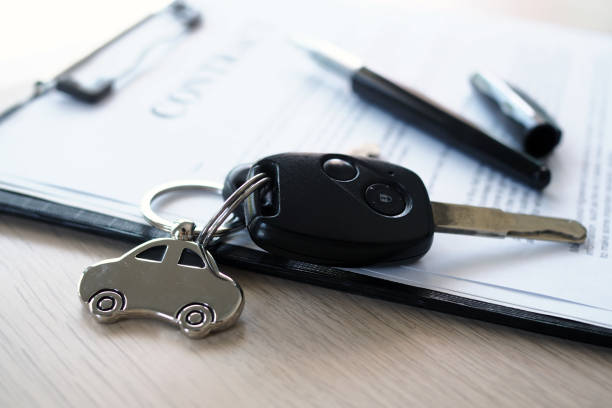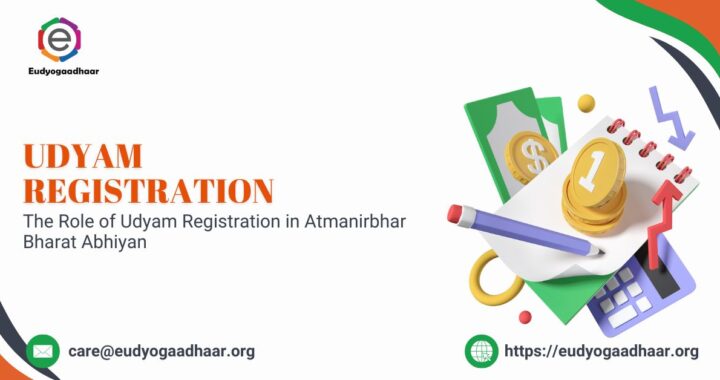Which type of car insurance is best?

Choosing the best type of auto insurance can be a daunting task due to the numerous options available. However, the right type of insurance largely depends on your individual needs, driving habits, and financial situation. This guide explores the different types of car insurance, their benefits, and considerations to help you determine which one is best for you.
1. Understanding Basic Types of Car Insurance
Liability Insurance
Liability insurance is the most basic and often legally required form of car insurance. It covers the costs of damage and injuries you cause to others in an accident.
Pros:
- Generally the most affordable option.
- Meets the minimum legal requirements in most states.
Cons:
- Does not cover your own vehicle’s damage or your medical expenses.
Best for:
- Drivers with older cars of lower value.
- Those looking to meet state minimum insurance requirements at a low cost.
Collision Insurance
Collision insurance covers the cost of repairing or replacing your car if it is damaged in an accident, regardless of who is at fault.
Pros:
- Provides coverage for your own vehicle.
- Useful for accidents involving single-car incidents, like hitting a tree or a guardrail.
Cons:
- Higher premiums compared to liability insurance.
- Requires a deductible.
Best for:
- Drivers with newer or more expensive vehicles.
- Those who frequently drive in areas with high traffic or accident rates.
Comprehensive Insurance
Comprehensive insurance covers non-collision-related incidents, such as theft, vandalism, natural disasters, and hitting an animal.
Pros:
- Broad coverage for a variety of incidents.
- Peace of mind for protecting your vehicle against numerous risks.
Cons:
- Higher premiums than basic liability or collision insurance.
- Also requires a deductible.
Best for:
- Drivers living in areas prone to natural disasters or high crime rates.
- Owners of expensive or new vehicles.
2. Specialized Types of Car Insurance
Uninsured/Underinsured Motorist Insurance
This type of insurance protects you if you’re involved in an accident with a driver who doesn’t have sufficient insurance to cover the damages.
Pros:
- Provides additional protection beyond liability insurance.
- Ensures coverage for medical expenses and vehicle damage if the other driver is at fault and uninsured or underinsured.
Cons:
- Adds to the overall cost of your insurance policy.
- Not always required, depending on the state.
Best for:
- Drivers in states with a high number of uninsured motorists.
- Those seeking extra protection against insufficiently insured drivers.
Personal Injury Protection (PIP)
PIP, also known as no-fault insurance, covers medical expenses, lost wages, and other related costs regardless of who is at fault in an accident.
Pros:
- Provides immediate medical coverage.
- Covers lost wages and other non-medical costs.
Cons:
- Can be expensive.
- Coverage limits may be lower than health insurance.
Best for:
- Drivers in no-fault states where PIP is required.
- Those without adequate health insurance coverage.
Gap Insurance
Gap insurance covers the difference between what you owe on your car loan and the car’s current market value in the event of a total loss.
Pros:
- Essential for new cars that depreciate quickly.
- Provides financial protection if your car is totaled and you owe more than its value.
Cons:
- Additional cost on top of your existing insurance.
- Not necessary for all vehicles.
Best for:
- Drivers with new or leased vehicles.
- Those with significant outstanding car loans.
3. Choosing the Right Coverage Based on Your Needs
Assess Your Vehicle’s Value
Consider the age, make, and model of your car. Newer and more expensive cars typically require more comprehensive coverage to protect your investment, while older cars may only need basic liability insurance.
Evaluate Your Financial Situation
Your budget plays a crucial role in determining the best type of car insurance. Balancing coverage with affordability is key. Ensure that you can comfortably afford the premiums, deductibles, and potential out-of-pocket expenses.
Consider Your Driving Habits
Think about how often and where you drive. Frequent drivers or those commuting in heavy traffic areas may benefit from more extensive coverage, while infrequent drivers might be fine with minimal coverage.
4. State Requirements and Legal Considerations
Minimum Coverage Requirements
Each state has its own minimum insurance requirements. Familiarize yourself with these to ensure you are compliant. While it may be tempting to stick to the minimum, additional coverage can provide greater financial protection.
No-Fault vs. At-Fault States
Understand the difference between no-fault and at-fault states. In no-fault states, your own insurance covers your losses regardless of who is at fault, making PIP more important. In at-fault states, the at-fault driver’s insurance typically covers the damages.
5. Tips for Finding the Best Insurance Policy
Shop Around and Compare Quotes
Don’t settle for the first quote you receive. Shop around and compare quotes from multiple insurance providers. This can help you find the best rates and coverage options.
Consider Bundling Policies
Many insurance companies offer discounts if you bundle multiple policies, such as auto and home insurance. This can lead to significant savings.
Review Customer Satisfaction and Claims Process
Research insurance companies’ customer satisfaction ratings and their claims process efficiency. A company with high ratings and a smooth claims process can make a significant difference in your overall experience.
Take Advantage of Discounts
Look for available discounts, such as safe driver discounts, multi-car discounts, and discounts for installing safety features in your vehicle. These can lower your premiums significantly.
6. Long-Term Considerations
Regularly Review and Update Your Policy
As your circumstances change, your insurance needs may change as well. Regularly review your policy to ensure it still meets your needs and adjust your coverage as necessary.
Maintain a Good Driving Record
A clean driving record can help you secure lower insurance premiums over time. Avoiding accidents and traffic violations can lead to discounts and better rates.
Conclusion
Determining the best type of car insurance depends on a variety of factors, including your vehicle’s value, your financial situation, and your driving habits. By understanding the different types of coverage available and considering your specific needs, you can make an informed decision. Always ensure that you meet your state’s legal requirements, and don’t hesitate to shop around for the best policy that offers the protection you need at a price you can afford.

 Virginia Business Blueprint: How to Kickstart Your Entrepreneurial Journey
Virginia Business Blueprint: How to Kickstart Your Entrepreneurial Journey  The Role of Udyam Registration in Atmanirbhar Bharat Abhiyan
The Role of Udyam Registration in Atmanirbhar Bharat Abhiyan  Mango Costs in Pakistan 2024: A Total Diagram
Mango Costs in Pakistan 2024: A Total Diagram  Why Professional Power Management Can Make or Break Your Event
Why Professional Power Management Can Make or Break Your Event  Experience The Thrill Of Zipline Dubai With Captain Dunes
Experience The Thrill Of Zipline Dubai With Captain Dunes  Exploring London’s Best Butcher Shops
Exploring London’s Best Butcher Shops  Enhance Your Shop Appeal with Sydney’s Best Carpentry Services
Enhance Your Shop Appeal with Sydney’s Best Carpentry Services  A Detailed Look at the Features of the LEGO Technic Mars Crew Exploration Rover
A Detailed Look at the Features of the LEGO Technic Mars Crew Exploration Rover